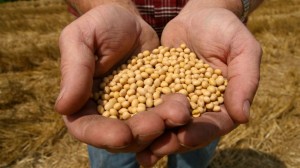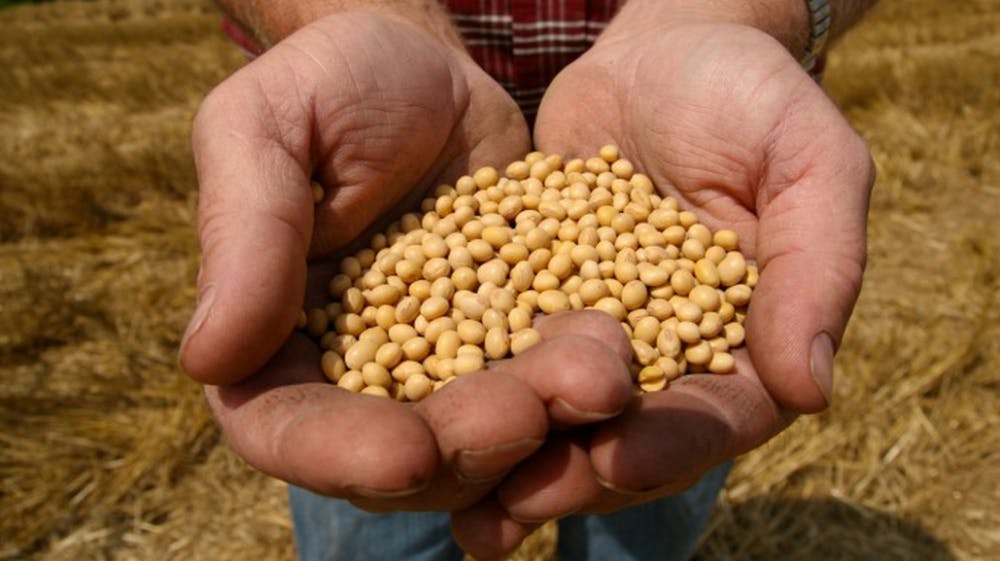It’s no secret that plants are vital to people on Earth. Whether providing food, medicine, fuel or clothing, they are a necessity to humankind. Plants are used for educational, recreational and cultural purposes, and without them, we wouldn’t stand a chance. Although plants are purposeful and valued, climate change and the excessive industrial pollution that humans inflict on the environment are constantly destroying them. Plants are dying at an accelerating pace and albeit humans are the cause, they are also the solution.

The seeds of all plants allow them to continue to grow anew and carry on. Holding all genetic information, seeds are the future of plants. In order to save plants, we must save the seeds. In Sussex, England resides the center of the world’s largest seed bank — The Millennium Seed Bank — in which scientists and ecologists store plant seeds in order to preserve the plant’s future. The bank also extends across the globe, encompassing over 120 institutions and organizations in over 50 countries. All of these people in various locations across the globe unite in an effort to achieve one goal — to save the plants.
In approaching this monumental task, they have to start somewhere. It only seems fitting that those plants that are endangered are saved first. The dry land species are the plants that are most under threat, so those residing in areas where these plants are inhabitants come to Sussex to learn how to preserve them. They then venture off and tag the exact locations of the plants, and then return again once the plants have flowered. The seeds are collected, examined, separated and labeled in their packages. They are also dried in a very specific manner for optimal preservation. They are stored in -4 degrees with little to no moisture. The seeds will be capable of germination for centuries to come, thus proving that humans are indeed capable of doing some good for the environment after all.
In order to make sure the seeds are still viable, germination tests are performed every 10 years on every sample of seeds. The seed preservation industry has been expanding in the past few decades and as of 2011, the Millennium Seed Bank has stored its three billionth seed, which represents 10 percent of the plants on Earth. The 24,000 species that have been saved are no longer at risk of extinction — at least not within the next couple centuries. At the rate in which seed preservation is occurring now, 25 percent of the world’s population of plants will be preserved by 2020. Saving a species of plants through seed storage costs less than $3,000 on average, which proves the methodology to be fiscally attainable in today’s society.







